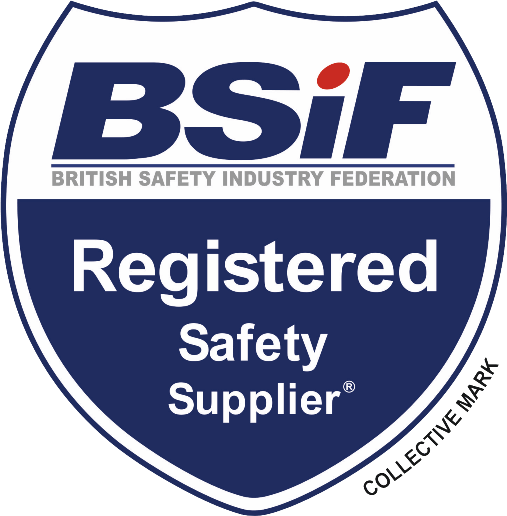You may have found this page because you're looking for ways to help your safety footwear keep your feet safer, for longer! If so, you've found the right place!
In this article, we are going to focus on:
- How to clean and maintain safety footwear
- The importance of lacing and unlacing
- When should safety boots be replaced?
How to clean and maintain safety footwear
The importance of keeping footwear clean and maintained cannot be understated.
Think about this like your clothes, or other commodities such your car or the windows on your house – I’m sure you wash your clothes regularly and keep a close eye on the upkeep of your car and your property.
Most environments that safety footwear is worn will have a variety of equipment, materials and substances that will cause damage to your footwear.
But, did you know the way you clean and care for your safety footwear depends on the upper materials.
How to clean safety footwear
How do I clean my leather safety boots
Firstly, wipe down the upper thoroughly with water and a cloth removing all major chunks of dirt or other substances.
Optionally, to improve durability and the subtly of the leather, you can also:
- apply a leather cleaner, then
- leather “food” and finally
- a weather resistant spray or gel.
How do I clean my suede safety boots?
Start with a suede brush and work into the material thoroughly to remove any dirt.
If you have any areas that have been made wet by oils or other liquids you can apply a small amount of baking soda to these areas and leave them over night, the material will absorb the powder.
The next morning you can use the suede brush again to remove any excess baking soda.
Finally, you can improve durability with a weather resistant spray designed for for suede.
Now I'm keeping my uppers in good condition, what else should I consider?
Be sure to inspect the sole unit at the end of each day to ensure that there are no sharp objects or abrasives caught in the outsole. If you have been working in muddy environments, it is important to wash this away also, outsoles left covered in mud will build up over time, significantly reducing the slip resistance. Many outsoles are designed with broad self cleaning cleats but it is still important to clean these out, think of this like your football boot studs.
Things to remember about maintaining safety footwear
- Perform these checks/actions every time you wear your footwear
- Don’t force dry your footwear
- Be sure that your footwear is completely dry before wearing them again (just like you would your clothes)
- Don’t use harsh chemicals, abrasives or solvents to clean your footwear.
Do I need to untie my safety boots? The answer is a resounding yes
It’s fair to say that it’s not unusual to hear people say they kick their footwear off when they get home, without untying the laces or undoing any zips or other fastening mechanisms.
However, this is a really bad habit to get into with your equipment, over time you will cave the backs in and weaken the whole back of the footwear, including in severe cases, the bonding between the outsole and the upper.
Also, laces left tied and without inspection will likely be subject to the same materials and substances as the upper, even water left in standard lace will cause it to expand and shrink, weakening the fibres. Undoing and loosening the laces before taking them off will reduce the strain on the stitching and back when removing as well as allowing the laces to “rest”.
When should safety boots be replaced?...and the big question, how long should safety footwear last?
Maintained as above, the correctly specified footwear for the correct environment could and may last years. However, we think that 6 months is a reasonable time frame when worn every day so for this reason we offer this warranty period against manufacturing defects.
Contributing factors to footwear degradation are:
- heat and cold temperatures and the impacts they have on the components
- Incorrect specification, such as no scuff cap – where required,or incorrect outsole compound for the working environment (have questions, please use our live chat function to discuss further).
- Use (or misuse) including performing no maintenance/cleaning routines or using them to kick or move objects.
- Crush or impact accidents (did you know that if a toecap is struck, the footwear should be replaced anyway, in line with the European standard?)


